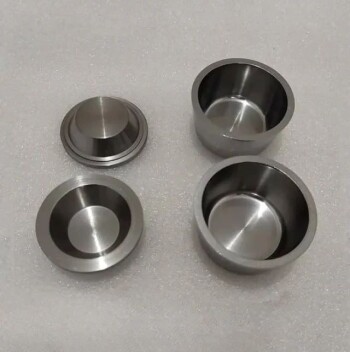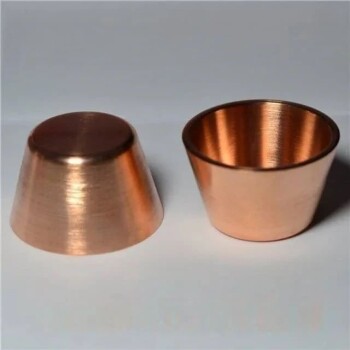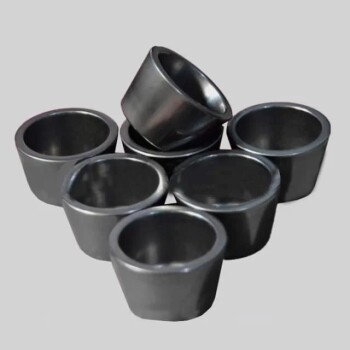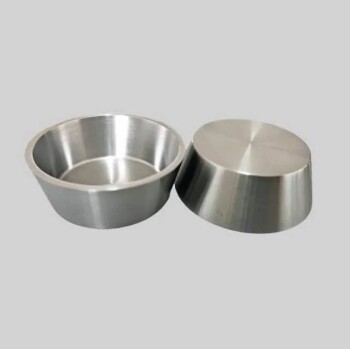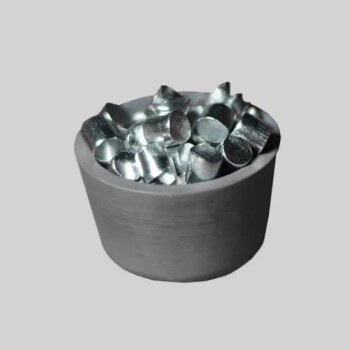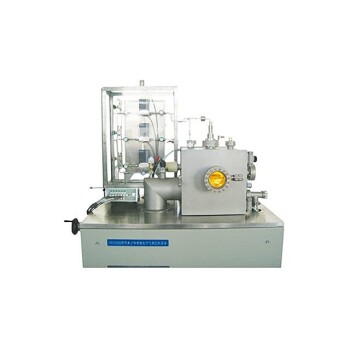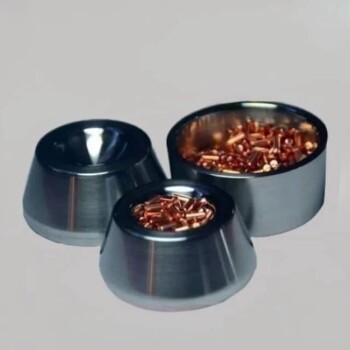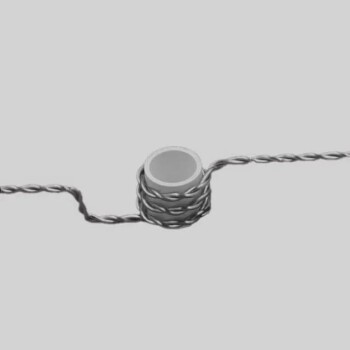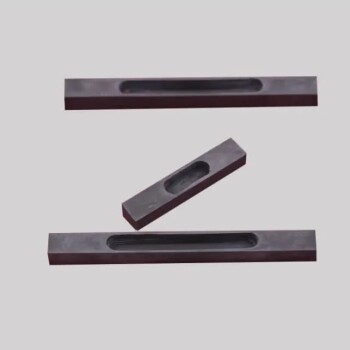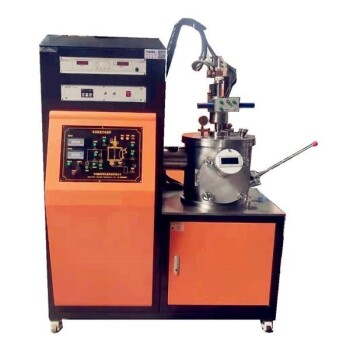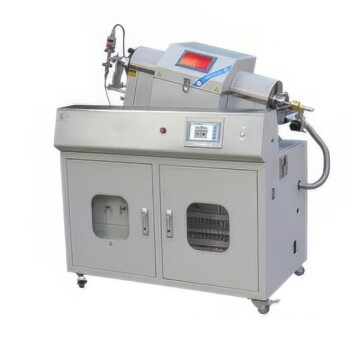Introduction to Electron Beam Evaporation
Definition and Basic Process
Electron beam evaporation is a sophisticated thin film deposition technique that leverages the power of an electron beam to vaporize materials. This process begins by positioning the material to be evaporated into a ceramic crucible, which is typically water-cooled to maintain operational temperatures and prevent material degradation. The electron beam, generated by an electron gun, is then directed onto the material, heating it to its vaporization point.
Upon reaching the appropriate temperature, the material transitions from a solid to a gaseous state, forming a vapor cloud. This vapor cloud, composed of the evaporated material, diffuses through the vacuum environment and eventually condenses onto a substrate positioned nearby. The substrate serves as the deposition surface where the vaporized material solidifies, forming a thin film layer.
The entire process is conducted under vacuum conditions to minimize contamination and ensure the purity of the deposited film. The water-cooled crucible not only aids in temperature control but also helps in maintaining the integrity of the evaporated material, preventing any unwanted reactions or impurities from entering the film.
This method is particularly effective for materials with high melting points, as the focused energy from the electron beam can efficiently vaporize even the most refractory substances. The controlled environment and precise heating mechanism make electron beam evaporation a preferred choice in various industrial applications, including optics, electronics, and advanced materials research.
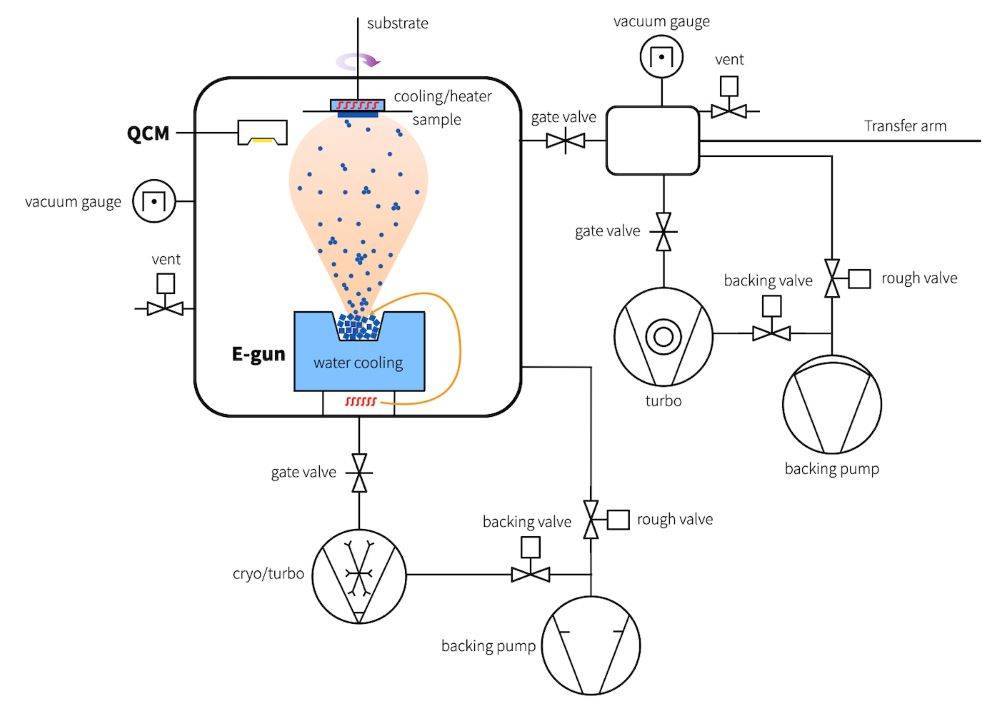
Types of Electron Guns
The electron beam evaporation system employs various types of electron guns, each designed with distinct focusing mechanisms and tailored for specific applications. The primary types include:
- Ring Guns: These guns feature a simple structure, making them cost-effective and easy to use. However, they are limited by filament contamination and a fixed spot that can cause pit evaporation, resulting in lower power and efficiency.
- Straight Guns: Offering a wide range of power and adjustable focus, straight guns are user-friendly. Their disadvantages include large equipment size, complex structure, high cost, and potential for material and sodium ion contamination.
- E-Guns (Electron Guns): Known for their high power, E-guns avoid filament contamination and produce high-energy evaporated particles, leading to superior film quality. However, they require high vacuum conditions, have complex equipment setups, and are costly to operate.
Each type of electron gun brings unique advantages and challenges, influencing the choice of gun in different vacuum coating scenarios.
Advantages and Disadvantages of Different Electron Guns
Ring Gun
The Ring Gun is a type of electron gun used in electron beam evaporation systems, known for its simple structure and low cost. Its straightforward design makes it easy to use, which is particularly beneficial for laboratories and small-scale production environments where simplicity and affordability are crucial. However, the Ring Gun is not without its drawbacks. One significant disadvantage is filament contamination, which can compromise the purity of the evaporated material. Additionally, the Ring Gun's fixed spot can lead to pit evaporation, where localized overheating results in non-uniform deposition of the material onto the substrate. This fixed spot also contributes to the gun's low power and efficiency, limiting its applicability in high-precision and high-throughput coating processes. Despite these limitations, the Ring Gun remains a popular choice for its ease of operation and cost-effectiveness in less demanding applications.
Straight Gun
The straight gun, a key component in electron beam evaporation systems, offers several distinct advantages that make it a preferred choice for certain applications. One of its primary benefits is its user-friendliness, which simplifies the operation and maintenance processes. Additionally, the straight gun boasts a wide power range, allowing for versatile application across various material types and thicknesses. Its adjustable focus feature further enhances its utility, enabling precise control over the evaporation process and resulting in high-quality thin films.
However, the straight gun is not without its drawbacks. Its relatively large size and complex structural design necessitate significant space and sophisticated setup, which can be cumbersome and expensive. The cost of the equipment itself is notably high, which may be a prohibitive factor for smaller-scale operations or research facilities. Moreover, there is a potential risk of material and sodium ion contamination during the evaporation process, which could adversely affect the purity and integrity of the final coating. These challenges highlight the need for careful consideration and strategic implementation when choosing the straight gun for electron beam evaporation.
E-Gun
The E-Gun, or electron gun, stands out in the realm of electron beam evaporation systems due to its unique capabilities and inherent challenges. Advantages of the E-Gun include its high power output, which allows for the efficient vaporization of materials, even those with high melting points. This high-energy capability results in the production of high-energy evaporated particles, which contribute to the formation of films with superior quality and uniformity. Notably, the E-Gun avoids filament contamination, a common issue with other types of electron guns, thereby enhancing the purity of the deposited films.
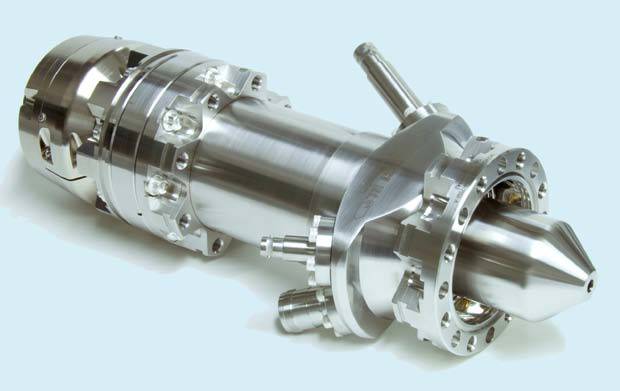
However, the E-Gun is not without its disadvantages. The system requires high vacuum conditions to operate effectively, necessitating sophisticated vacuum technology and stringent environmental controls. This high vacuum requirement adds to the complexity of the equipment and significantly increases the overall cost of the system. Additionally, the intricate design of the E-Gun, while powerful, makes it more challenging to maintain and operate compared to simpler electron guns.
| Advantages | Disadvantages |
|---|---|
| High power | High vacuum requirements |
| Avoids filament contamination | Complex equipment |
| Produces high-energy evaporated particles | High costs |
| Good film quality |
The E-Gun's balance of high performance and associated complexities underscores its role as a specialized tool in advanced vacuum coating processes, where the quality of the film is paramount despite the operational and financial challenges.
General Advantages and Disadvantages of Electron Beam Evaporation
Advantages
Electron beam evaporation boasts several significant advantages that make it a preferred method in vacuum coating processes. One of its standout features is high thermal efficiency. This efficiency is achieved through the precise heating of materials using an electron beam, which minimizes energy loss and maximizes the transfer of heat to the target material.
Another key advantage is the ability to evaporate high melting point materials. Unlike other methods that may struggle with materials that require extremely high temperatures to vaporize, the electron beam evaporation process can handle these challenges with ease. This capability is particularly useful in industries where high-performance materials are essential.
The process also offers a high evaporation rate. The rapid vaporization of the material ensures that the coating process is swift, which is crucial for maintaining productivity in industrial settings. This high rate is facilitated by the intense heat generated by the electron beam, which quickly transforms solid materials into a vapor state.
Additionally, the use of water-cooled crucibles contributes to improved film purity. Water-cooled crucibles help in maintaining a stable temperature environment, preventing any unintended reactions or contaminations that could affect the quality of the final film. This results in coatings that are not only uniform but also of superior purity, meeting the stringent requirements of various applications.
These advantages collectively make electron beam evaporation a robust and reliable method for creating high-quality thin films in a controlled vacuum environment.
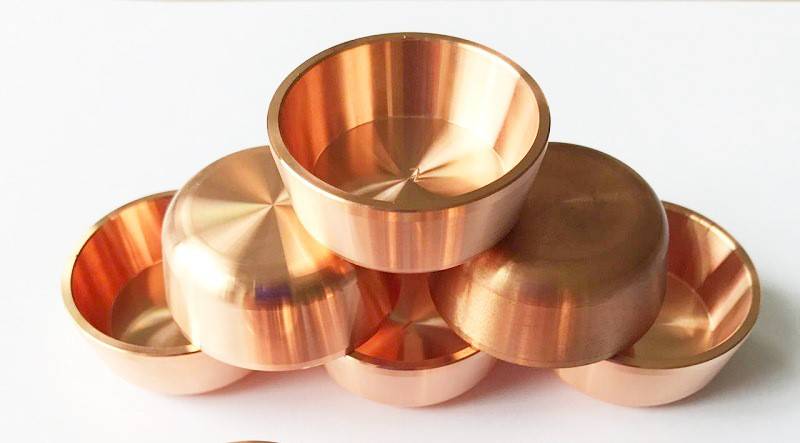
Disadvantages
While electron beam evaporation offers several advantages, it is not without its drawbacks. One of the primary challenges is the complexity of the heating device itself. The process of heating the material using an electron beam is intricate and requires precise control to achieve the desired film quality.
Another significant disadvantage is the potential impact on the film structure and properties from ionized residual gases and evaporated material vapors. During the evaporation process, residual gases within the vacuum chamber can become ionized, and these ionized gases can interact with the evaporated material vapors. This interaction can lead to several issues:
- Film Contamination: Ionized gases can mix with the evaporated material, leading to impurities in the final film. This contamination can degrade the film's optical, electrical, and mechanical properties.
- Structural Defects: The interaction between ionized gases and evaporated vapors can cause structural defects in the film. These defects can manifest as voids, cracks, or non-uniformities, which can compromise the film's integrity and performance.
- Property Alteration: The presence of ionized gases can alter the physical and chemical properties of the film. For instance, the film's refractive index, conductivity, and hardness can be affected, leading to deviations from the desired specifications.
These challenges necessitate stringent control of the vacuum environment and careful management of the heating process to mitigate the adverse effects on the film quality.
Related Products
- Electron Beam Evaporation Coating Tungsten Crucible and Molybdenum Crucible for High Temperature Applications
- Electron Beam Evaporation Coating Oxygen-Free Copper Crucible and Evaporation Boat
- High Purity Pure Graphite Crucible for Electron Beam Evaporation
- E Beam Crucibles Electron Gun Beam Crucible for Evaporation
- Electron Beam Evaporation Coating Conductive Boron Nitride Crucible BN Crucible
Related Articles
- Electron Beam Evaporation Coating: Principles, Characteristics, and Applications
- Electron Beam Evaporation Coating: Advantages, Disadvantages, and Applications
- Vacuum Melting Furnace: A Comprehensive Guide to Vacuum Induction Melting
- A Comparative Study of Evaporation and Sputtering Techniques in Thin Film Deposition
- Electron Beam Evaporation Coating Technology and Material Selection

